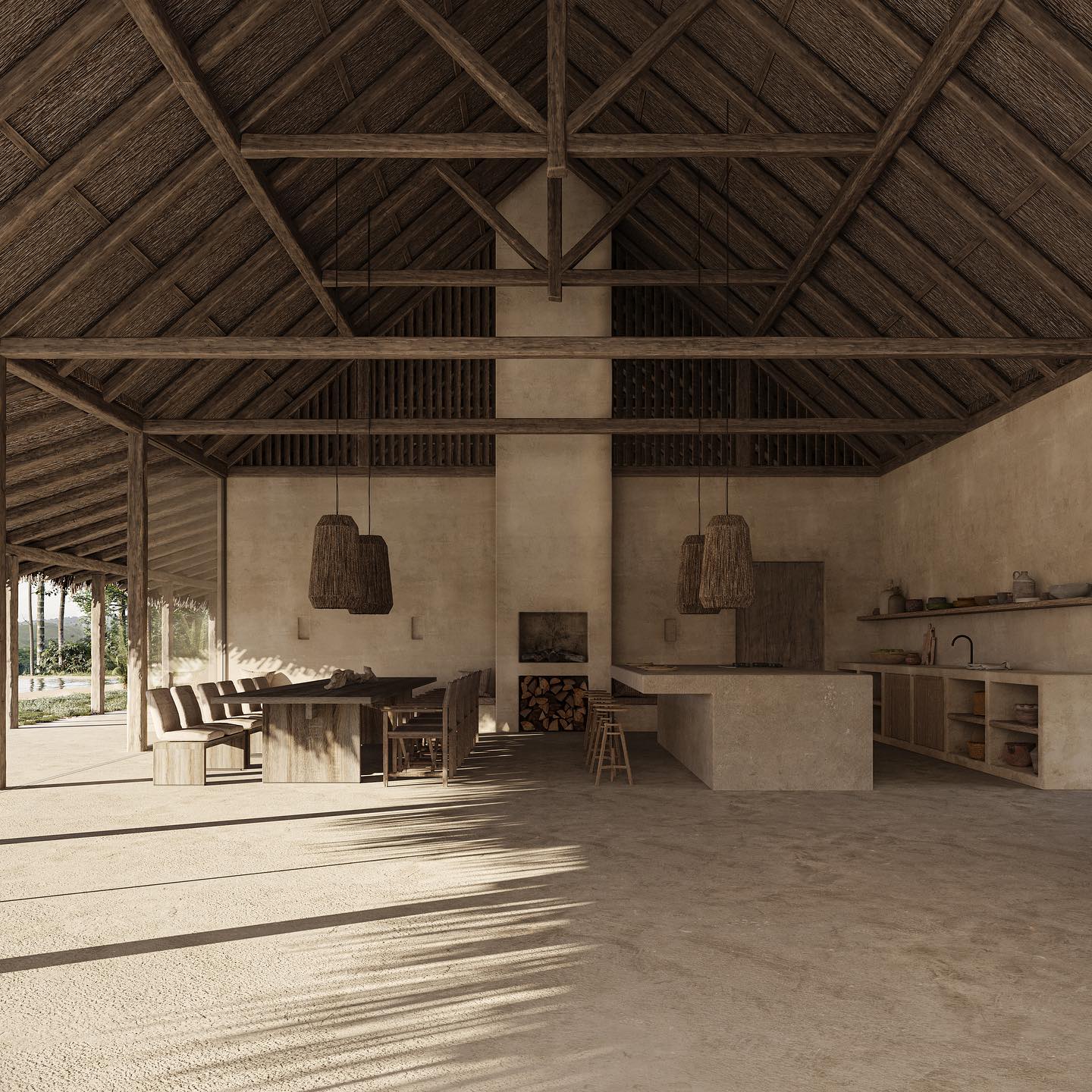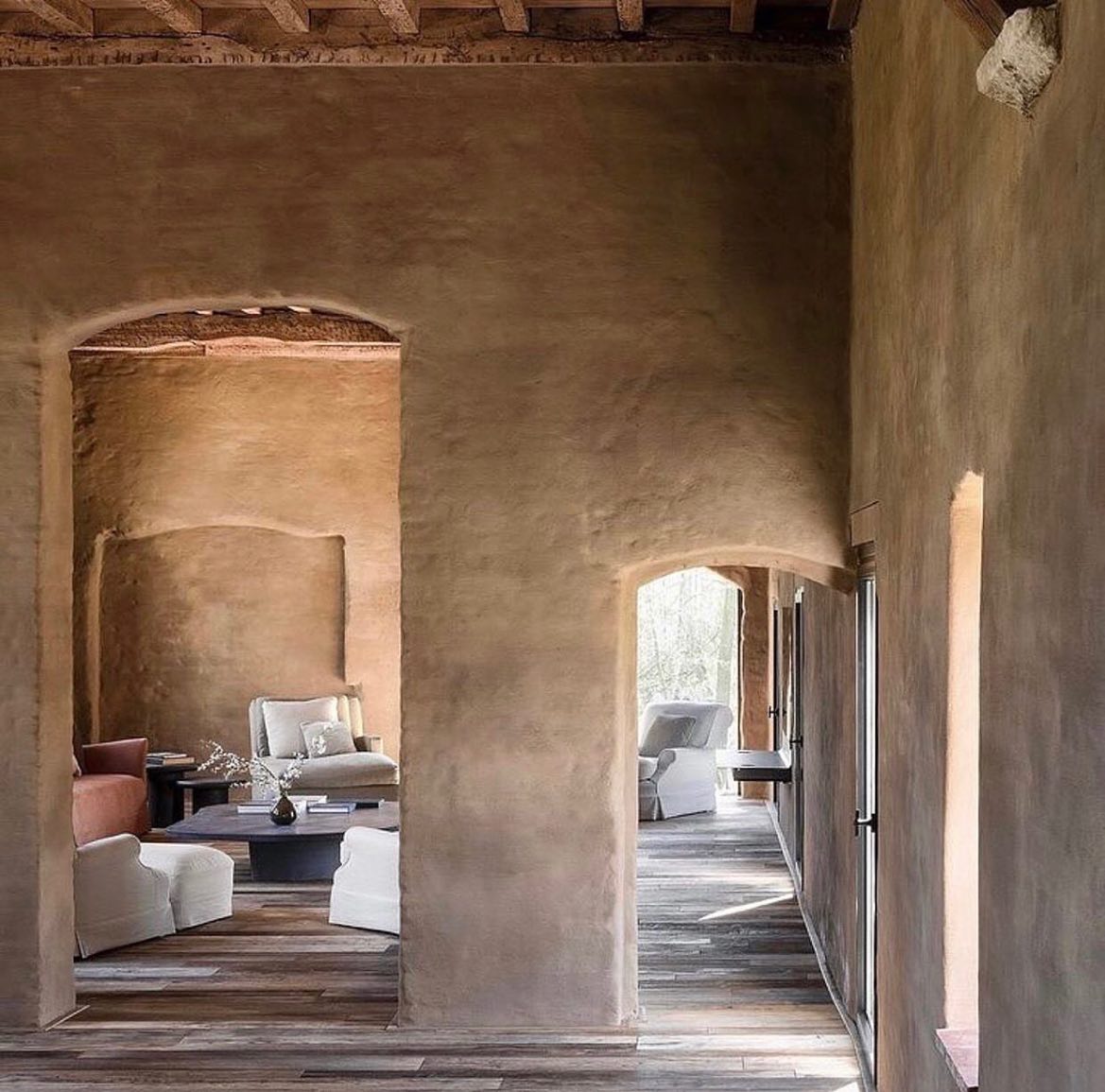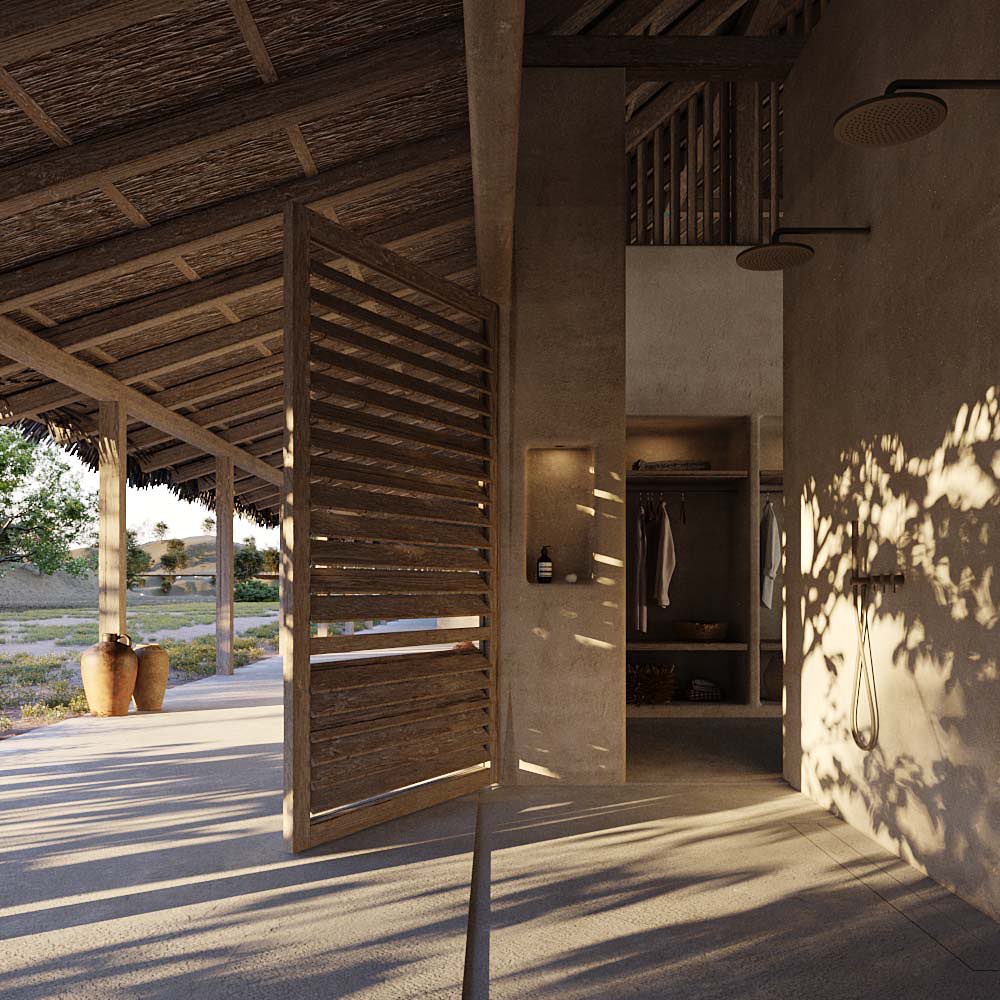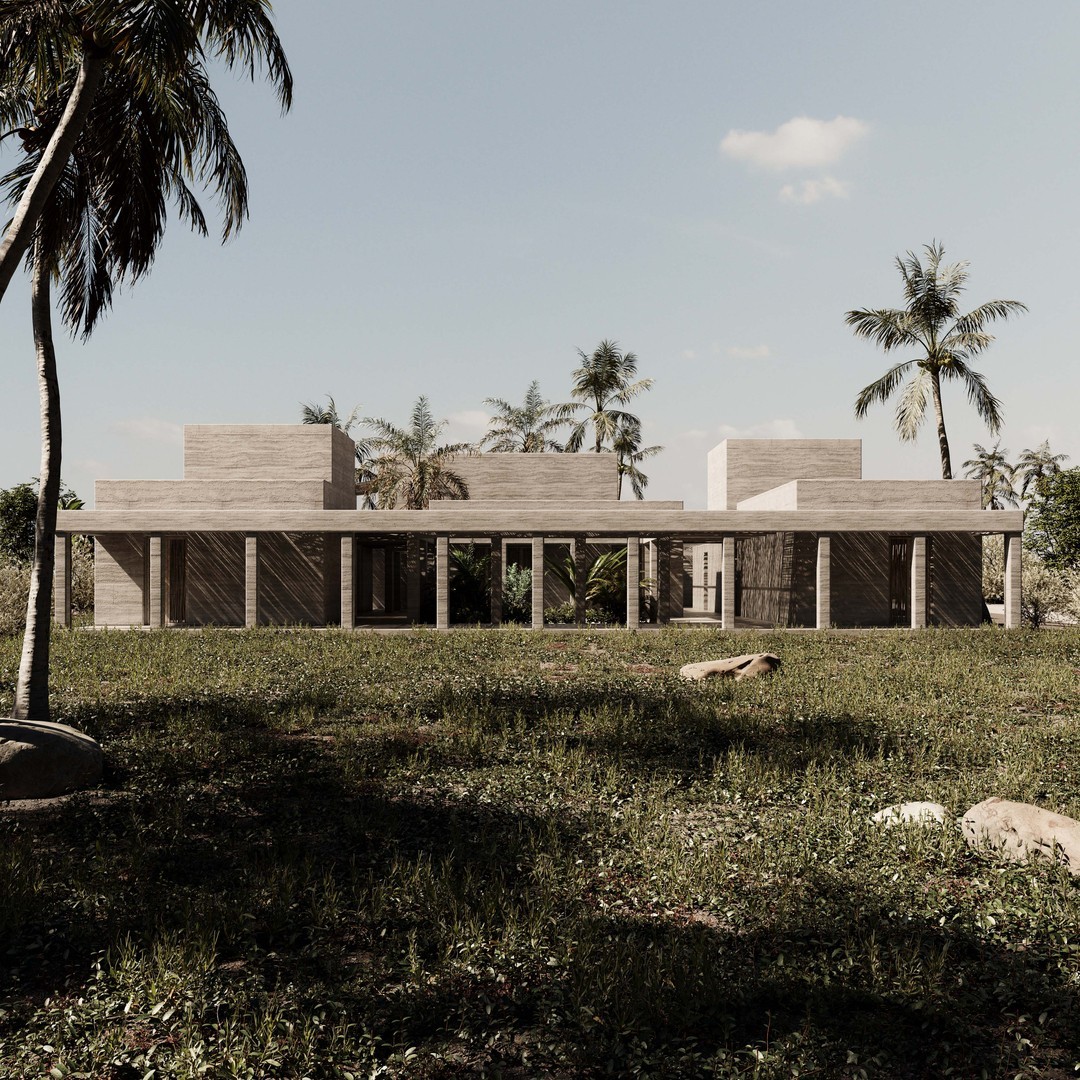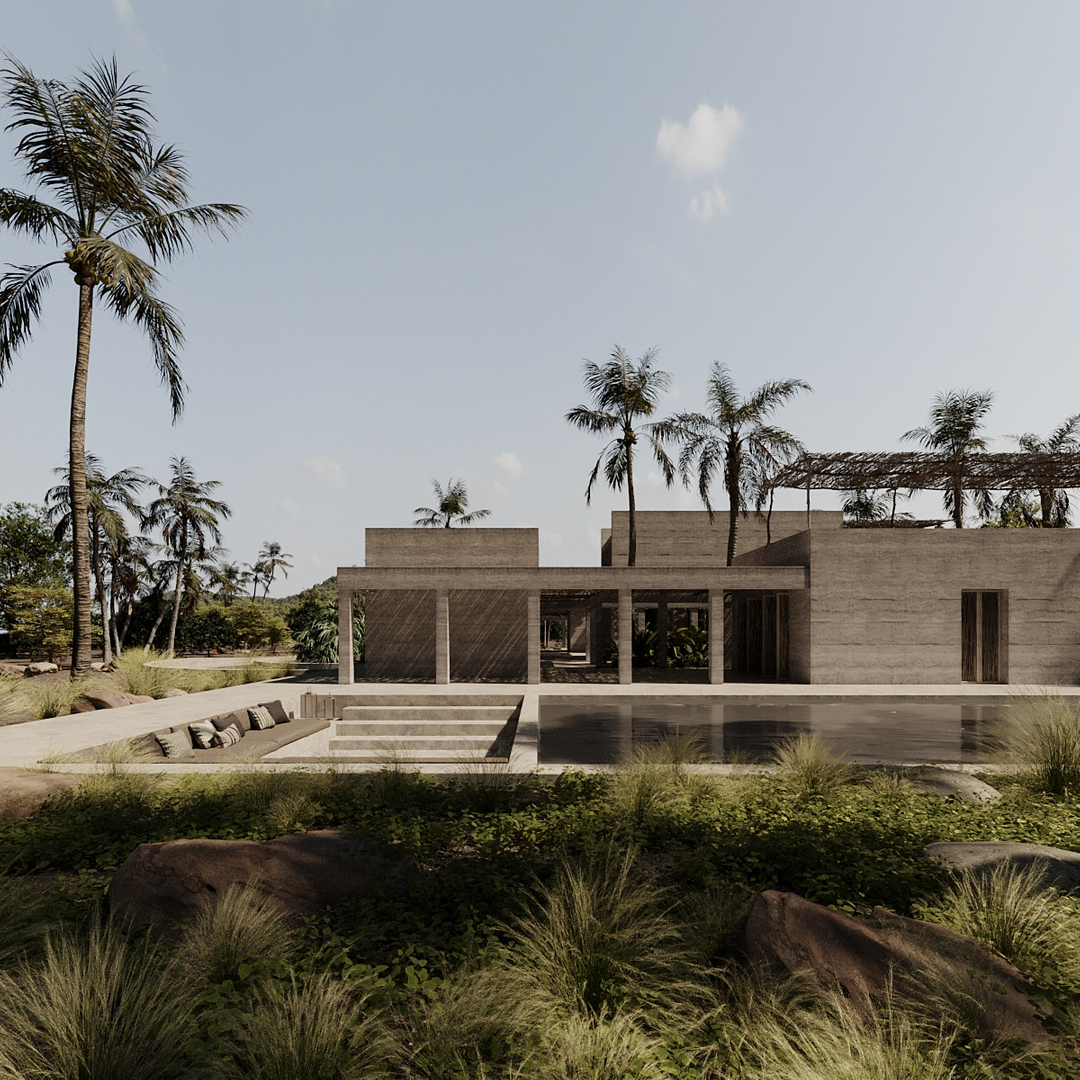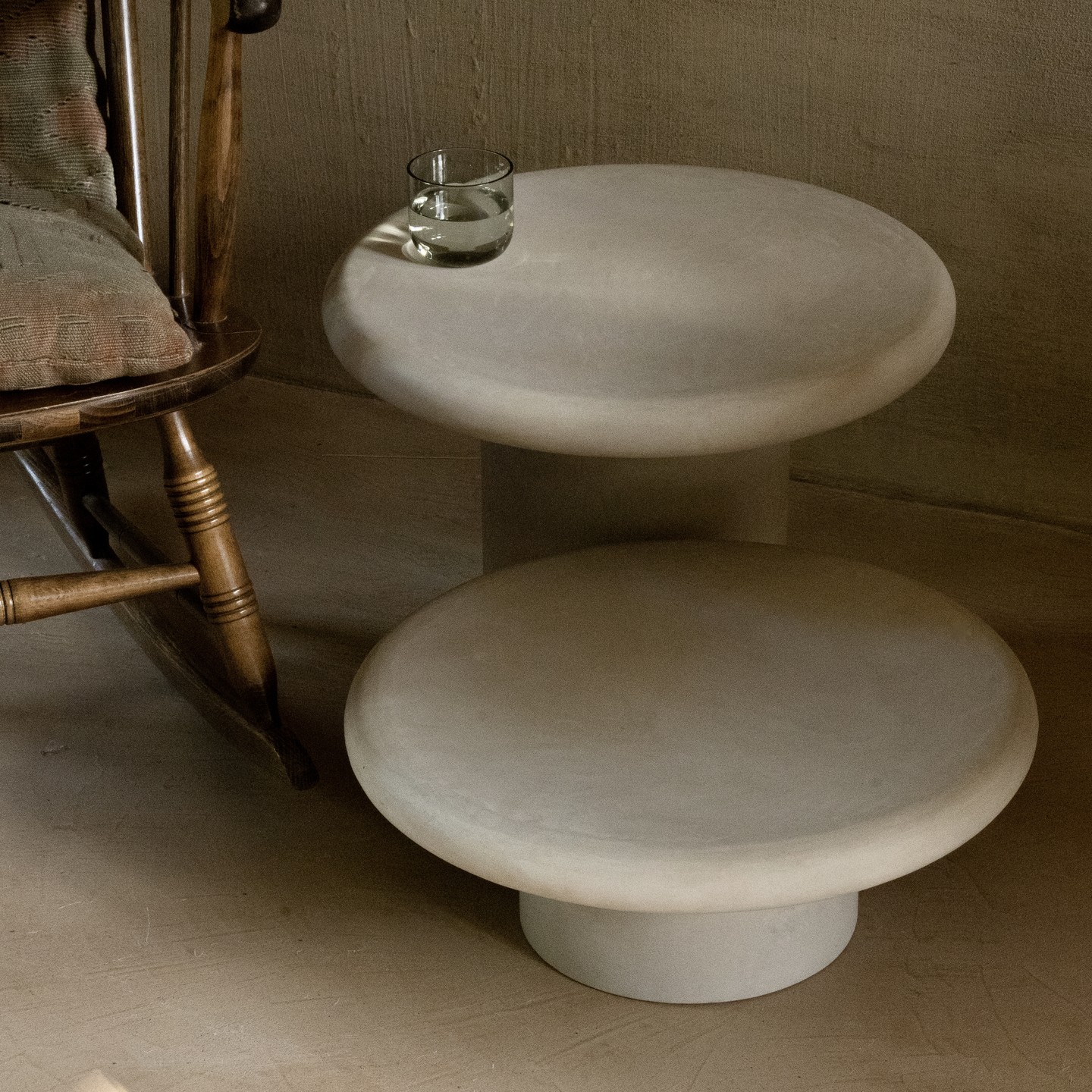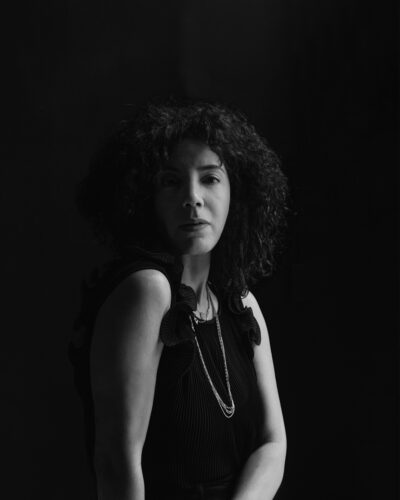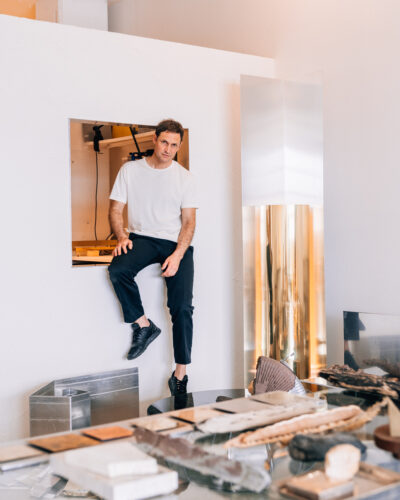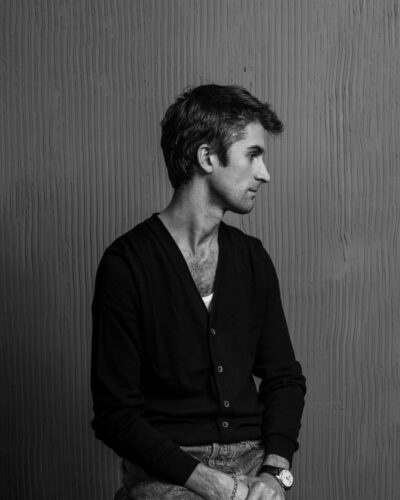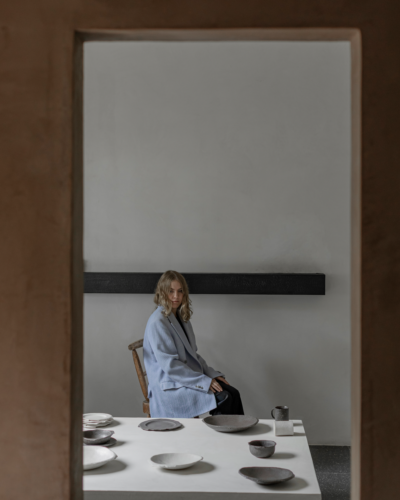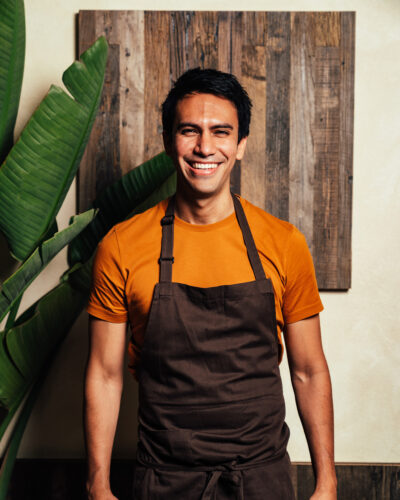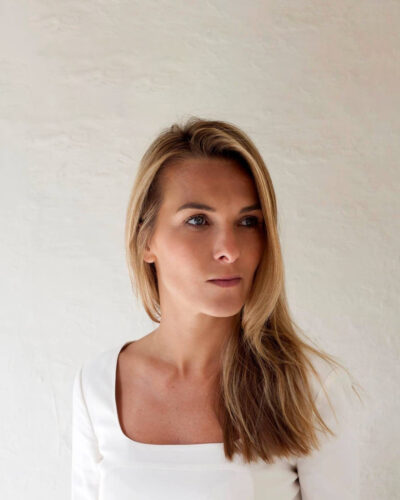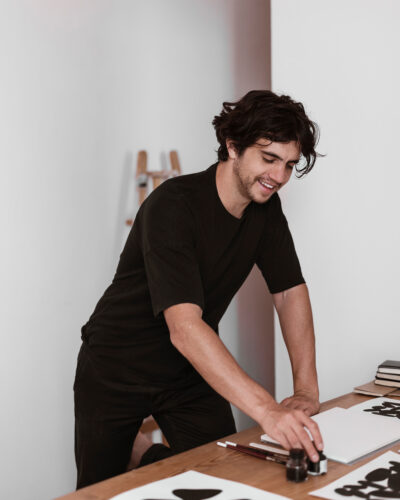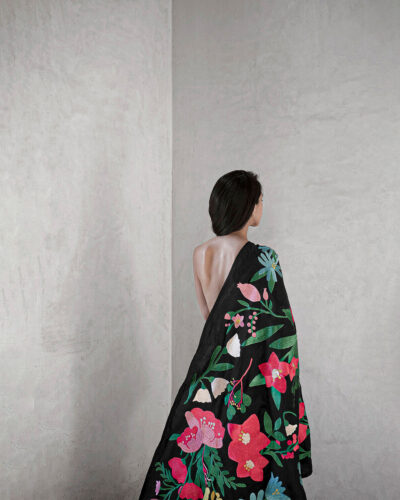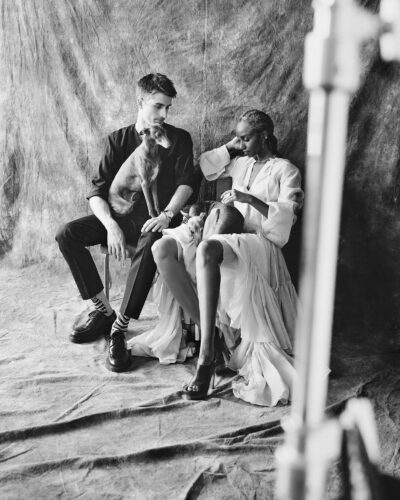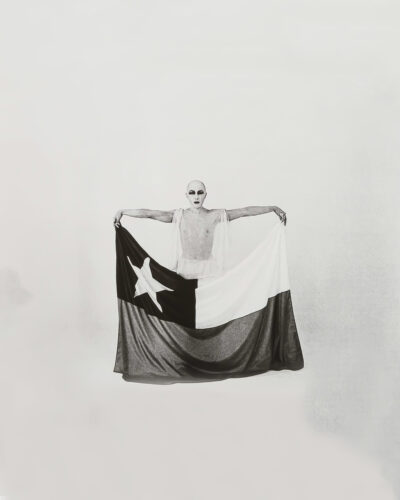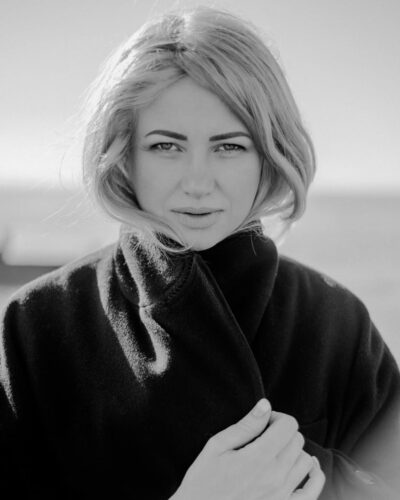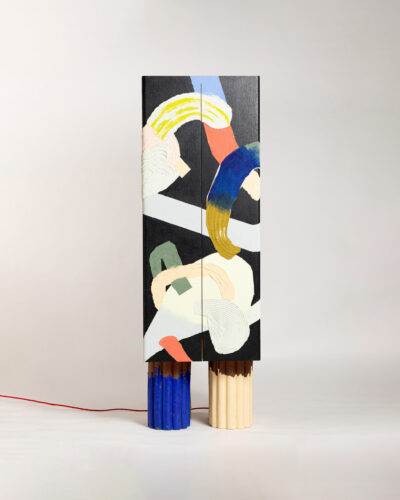Broad and flat, The Amorphe Coffee Table has a large surface area and a subtly asymmetrical outline; hovering just above the ground, the large expanse focuses attention on the texture and rhythm of the lime plaster – the velvet finish created by hand, in many layers. Claes describes the lime plaster as being “warm and soft”, adding that the studio has partnered with other innovators to “come up with some unique textures” and to create further uses and finishes. Led by their research and experiments, Claes jokes that “we should have called it the ‘labo’ instead of atelier!”
“My interest in materials [started when] I shared a studio with some South American architects [during my studies in America]. They would always start from material: they would find a new way to use a local material so that local people could actually build their houses themselves – with what is already there. This [way of thinking] brings out so much creativity, because you’re taught as an architect to think in terms of forms and functions – and, of course, aesthetics – but if you have to start from material it’s much more interesting.”
Colour is inextricably linked to material – striking beautiful harmonies between the two. Available in Boney White – “when you cook a bone for your dog, that’s the colour that we made” – and ‘Charcoal’, the unmistakably matt-grey of burnt and blackened wood. The evocative colours bring to mind the tones and textures of the natural world, and each colour was mixed in the studio using only natural pigments. Requiring a meticulous eye and an intuition for the subtleties of tint and hue, Claes is currently in the process of creating a third colour: African Soil, which is inspired by “the dry, African earth, which I have always thought was one of the most beautiful colours.”
